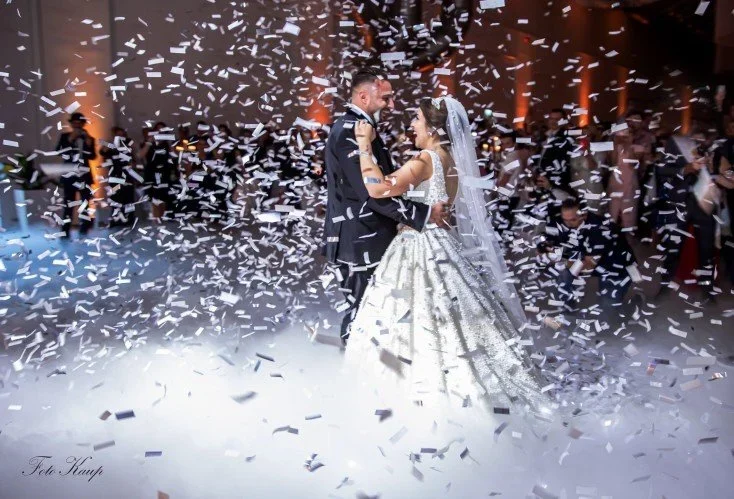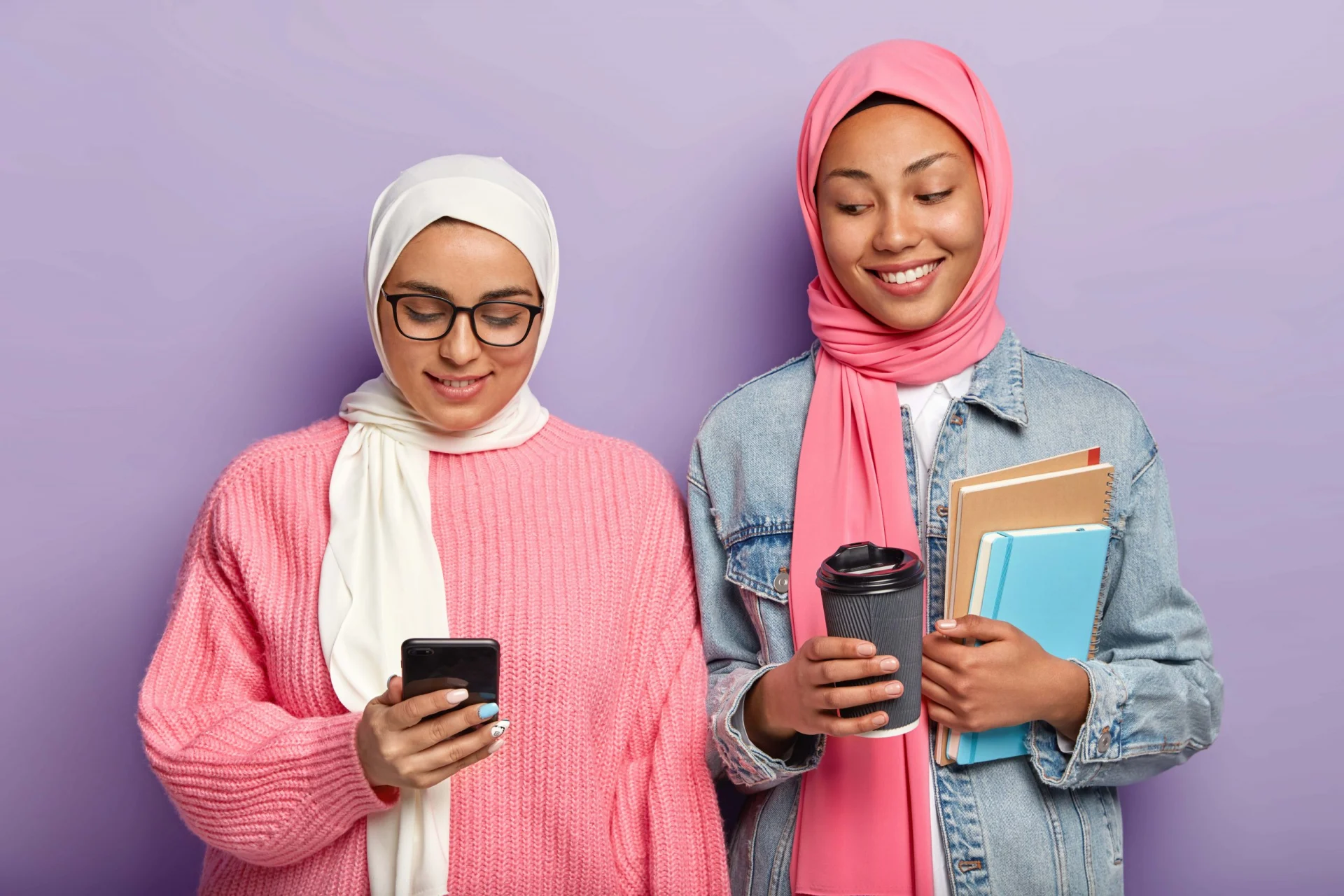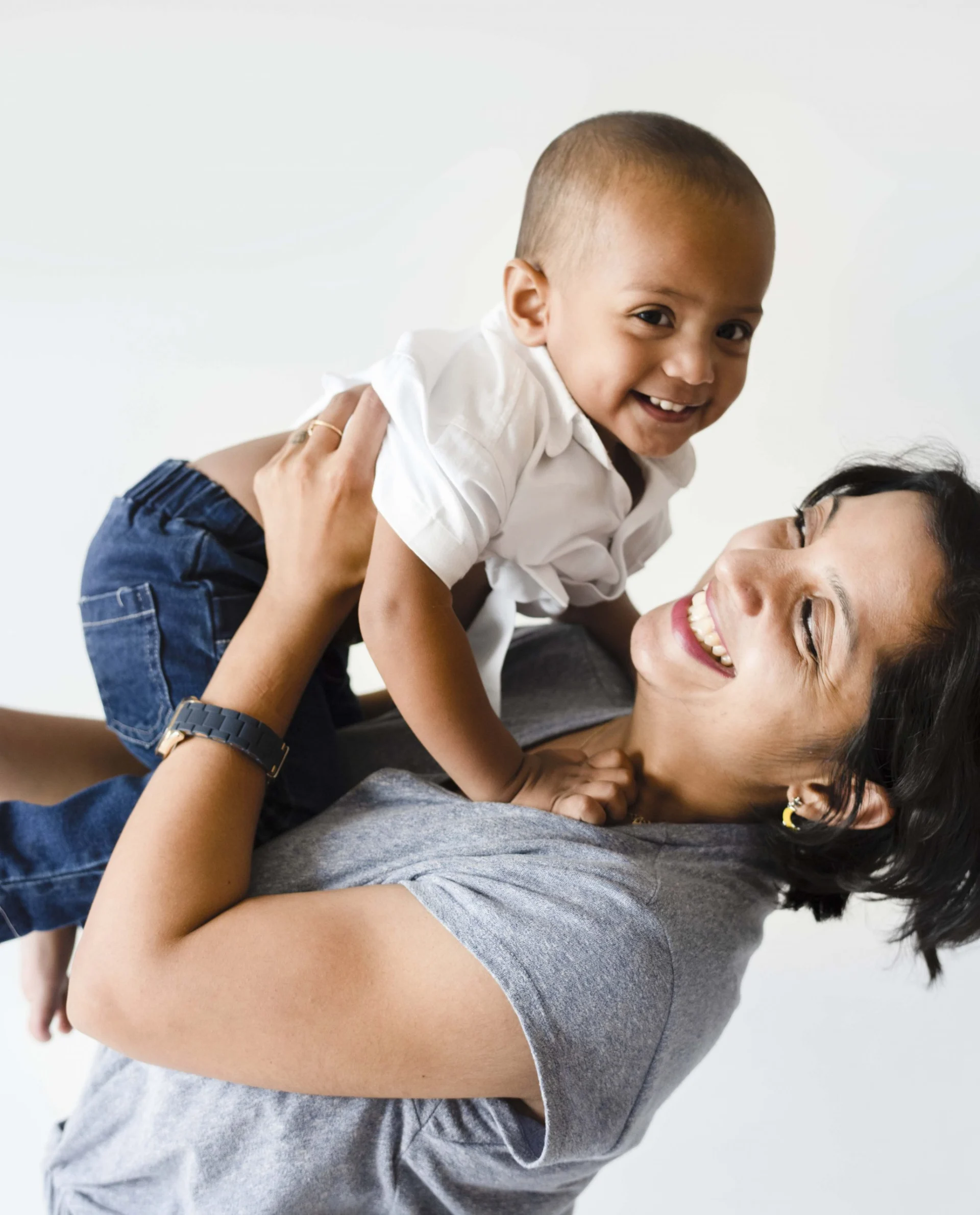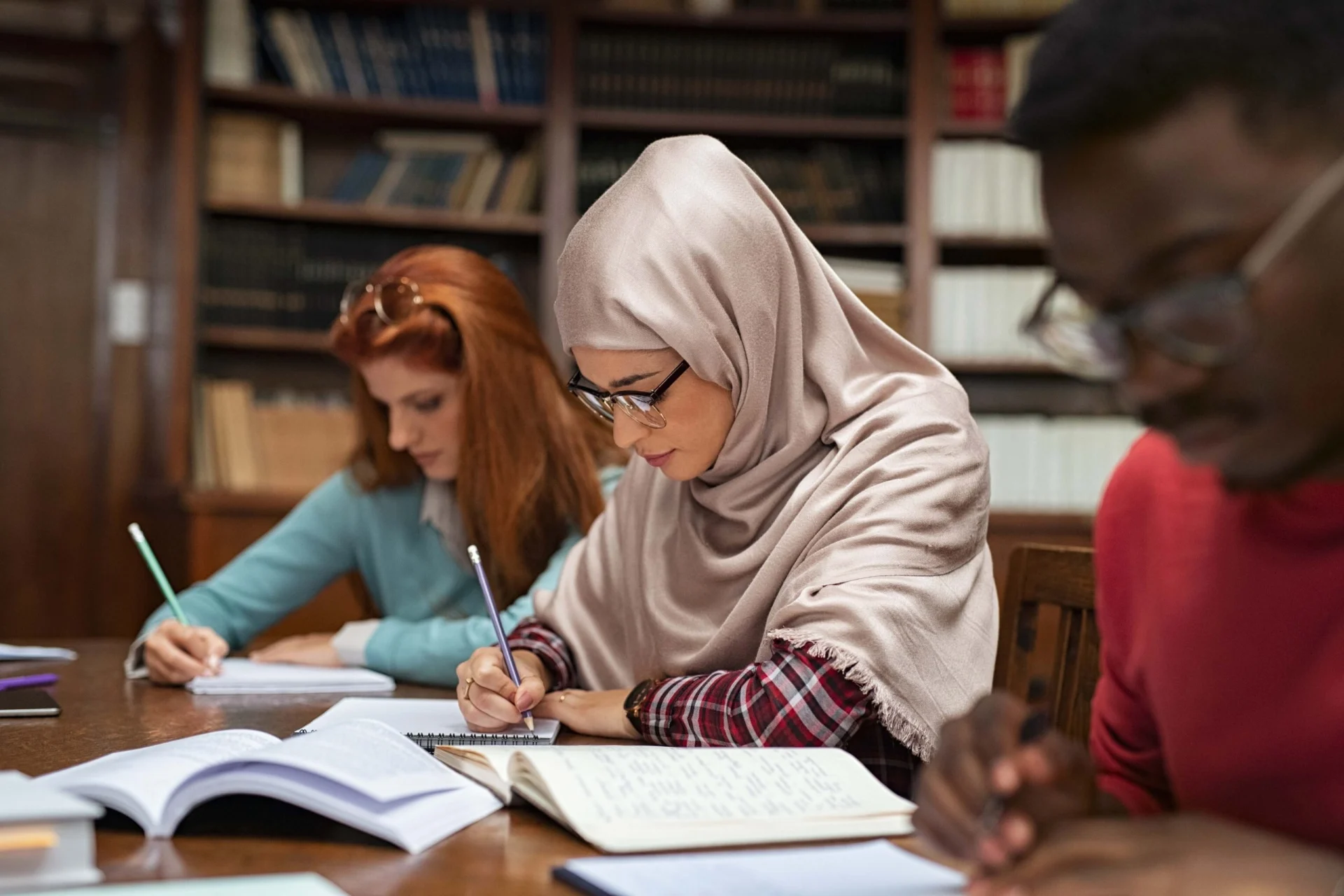Every Iraqi mum dreams of the day she can prepare the Sufra Al Aqid for her daughter. It’s a long-held tradition that hasn’t changed for generations. It’s an important part of the engagement ceremony and can be as simple or as extravagant as the family wants. The whole idea behind it is to bring lots of different elements that are believed to bring health and happiness to the happy couple. Everything is laid out on a beautiful table cloth. Each item is beautifully decorated or wrapped.

The first and most important item is the Holy Quran which is placed on the table, open to a verse about the importance of marriage. I had a really beautiful one which my father in-law bought for me, it was so heavy I could hardly hold it. The second item is the mirror and candlesticks. This is really the focal point of the Sufra. During the ceremony the bride must be seated opposite the mirror. Even when the groom comes in, he too will be seated opposite it, with the bride. It is said that the mirror represents the couple looking into the future. I remember my own, which was made out of pure silver. It’s really a beautiful momentum to keep from the ceremony.

Now the other items on the sofreh all have different reasons for being included. Bread is included to represent prosperity and the couple’s life thereafter. It’s usually shaped into elaborate designs, like the picture above, where it’s shaped like flowers. In addition to this decorative bread, there is usually a tray of bread, feta cheese, and fresh herbs that are given out to the guests after the ceremony.This is done to share the couple’s happiness and prosperity with the guests. There will also be decorative eggs usually painted in gold or silver. Plus, nuts such as almonds, walnuts and hazelnuts, also painted. All these things represent fertility. Alongside this there is sugar which represents sweetness in the couple’s life. A plate of fruit is included to represent a joyous and fruitful future for the couple. Flowers represent signs of life, spring, and beauty and usually are all over the sofreh.
During the ceremony, someone will walk in front of the bride holding burning incense, called harmal. This is also placed on the sofreh because it is believed to protect from the ‘evil eye’. As the ceremony is taking place, a canopy is held above the bride’s head. It’s a piece of square cloth held from each corner by family members or close friends. Unmarried girls are usually the ones who hold the cloth as it is said that they will then be married next. A bit like catching the bouquet at an English wedding. Then one happily married member of the family grinds two sugar cones together so that the sugar granules fall into the canopy, this representing showering the bride with sweetness.
While the marriage contract is being read out, the bride is seated toward the Qibla and her feet are in a bowl filled with water and green leaves (usually it’s the little leaves of the Boxwood Plant). Also, whole cardamom pods are placed between each finger while she holds the Quran. Both of these represent a healthy life. Also, a small piece of sugar is placed under the bride’s tongue. I remember doing this at my own wedding. Imagine, your feet are in water, you’re trying to keep the pods between your fingers while trying not to choke on the sweet in your mouth! On top of that you’re supposed to be reading the Quran, stress or what!!!!
Now all this will be happening in one room, with all the men outside the room with the Sayed who will be reading the marriage contract. The ceremony is very emotional for everyone and once complete, the bride and groom are husband and wife in the eyes of Allah. Once the bride says yes, the groom then finishes the Aqid contract with the Sayed. Once complete he then comes in and sees the bride without her Hijab for the first time.

The groom only stays for a few minutes to take photos and then leaves. That’s when the party really starts and the fun begins.





















lydia iud https://www.fmohconnect.gov.ng/
fct minister https://fmohconnect.gov.ng/policy_planning.html